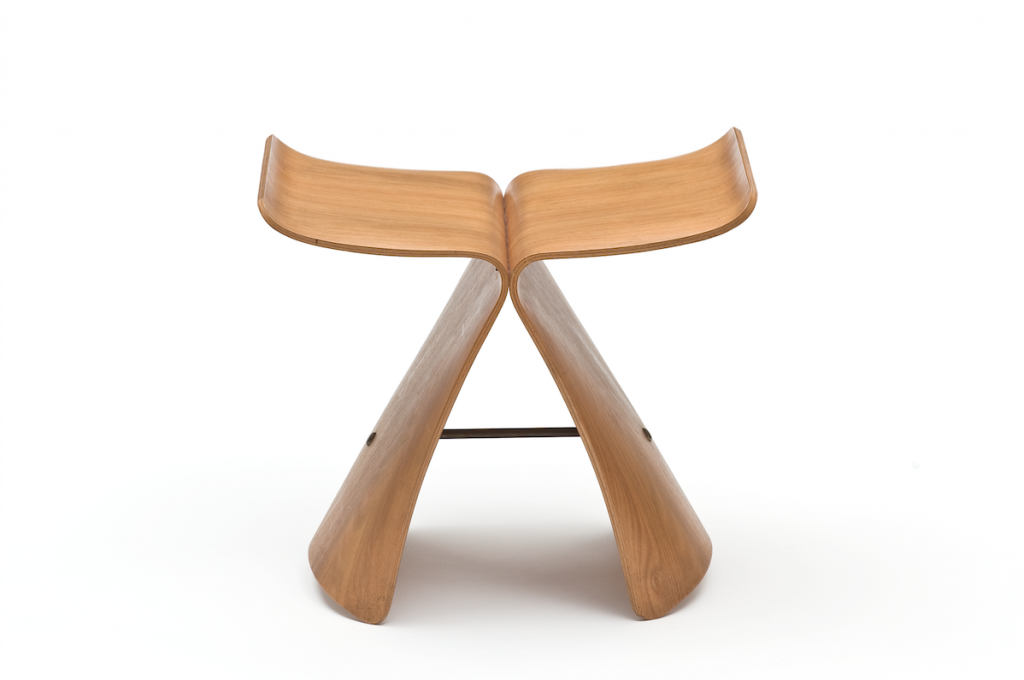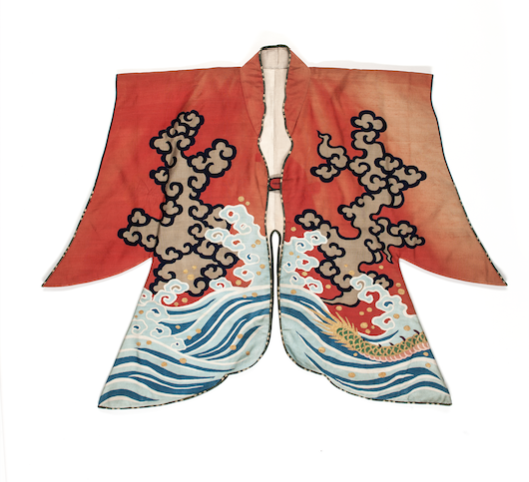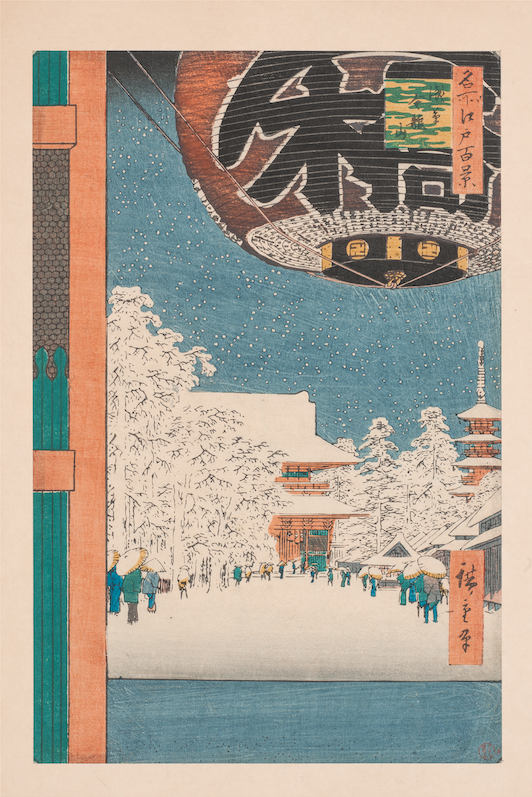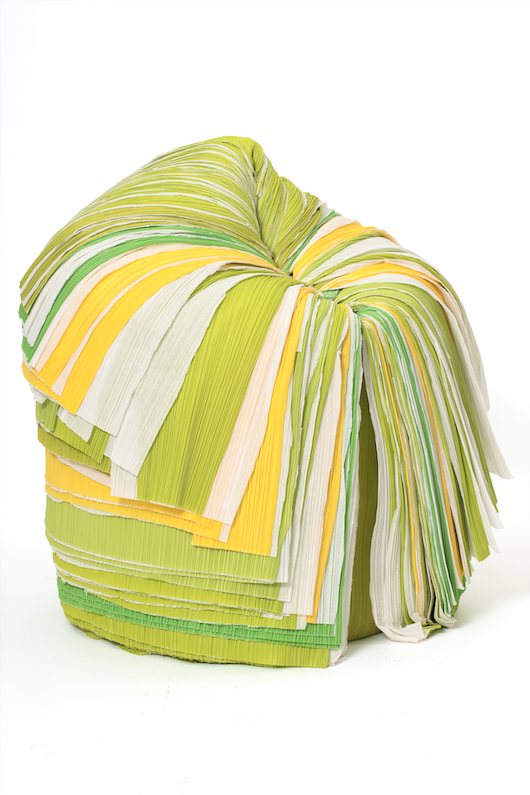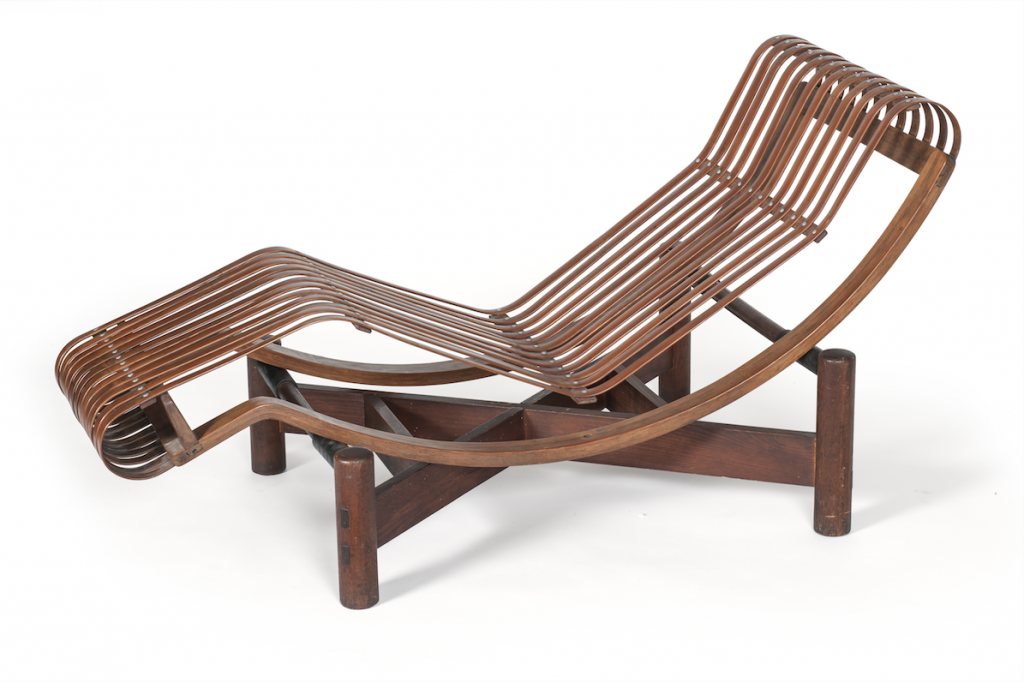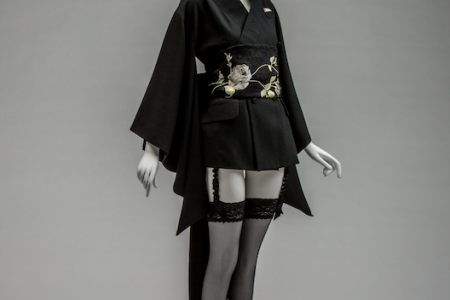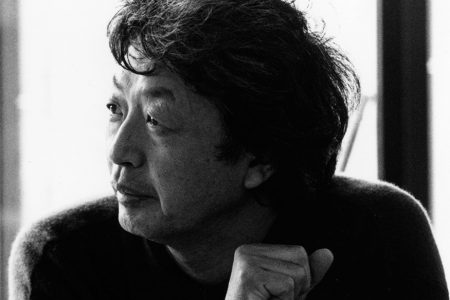Japan in Focus: Japon-Japonismes, 1867-2018
Musée des Arts Décoratifs, Paris, is celebrating all things Japanese in their upcoming exhibition, ‘Japon-Japonismes, 1867-2018’, from November 15 – March 19, 2019
It has been 150 years since Japan opened its doors to the west in 1868. In celebration of the friendship that has developed between France and Japan over this time Musée des Arts Décoratifs will be hosting the exhibition Japon-Japonismes, 1867-2018 from the 15th of November. Highlighting the richness of Japan’s contributions to art and design, the exhibition will display nearly 1,500 objects and works of art which include pieces of fashion design, graphic design, photography and furniture.
Split across five categories–Agents of Discovery, Nature, Time, Movement and Innovation–the exhibition explores different aspects of Japanese craft and design. The space has been designed by renowned Japanese architect, Sou Fujimoto who is well known for his minimalist style.
Agents of Discovery
Through the exploration of far-away lands at the turn of the 20th-century, travelers and merchants such as Henri Cernuschi, Emile Guimet, Hugues Krafft, Siegfried Bing, Florine Langweil and Hayashi Tadamasa brought Japanese design aesthetics to the West and vice versa. The section Agents of Discovery will display historic objects such as wallpapers, textiles and the kimono prompting a reflection on how much has been shared between cultures.
Nature
The natural landscape has always been an important source of inspiration for Japanese artists. Many historic and contemporary objects depict motifs of flora and fauna in a typical Japanese style. Nature show these objects and how they have contributed to a global movement of “Japonism” where western artists have adopted and appropriated the Japanese style and symbols.
Time
Rhythm and rituals play a key role in Japanese life. The section entitled Time will explore this through objects relating to daily life and customs such as tea sets, incense and calligraphy sets. This section invites the visitor to witness the Japanese reverence for time history.
Movement
The stroke of a brush, the whisper of a shadow. The Movement section of the exhibition looks at the skill of Japanese artists in catching motion on paper. This focus on flow and movement has also applied to 3D objects such as the Butterfly Stool by Sori Yanagi and the bamboo chaise longue by Charlotte Perriand which will both be on display in this section.
Innovations
The final section reflects on how Japanese techniques have developed since the 19th Century in fields such as ceramics, metal works, graphic design and fashion. It will also consider how this has intermingled and influenced western design and art by bringing together the works important practitioners who have embraced Japanese aesthetics such as Madeleine Vionnet, Junya Watanabe, Paul Poiret, Issey Miyake, Junko Koshino, Rei Kawabuko (Comme des Garcons) and John Galliano.
This extensive exhibition will use objects and artworks as a lens to trace the cultural exchanges between Japan and the West whilst simultaneously revealing Japan’s design style, way of thinking, manufacturing technologies and values.
Japon-Japonismes, 1867-2018 will be on from November 15 – March 19, 2019.
